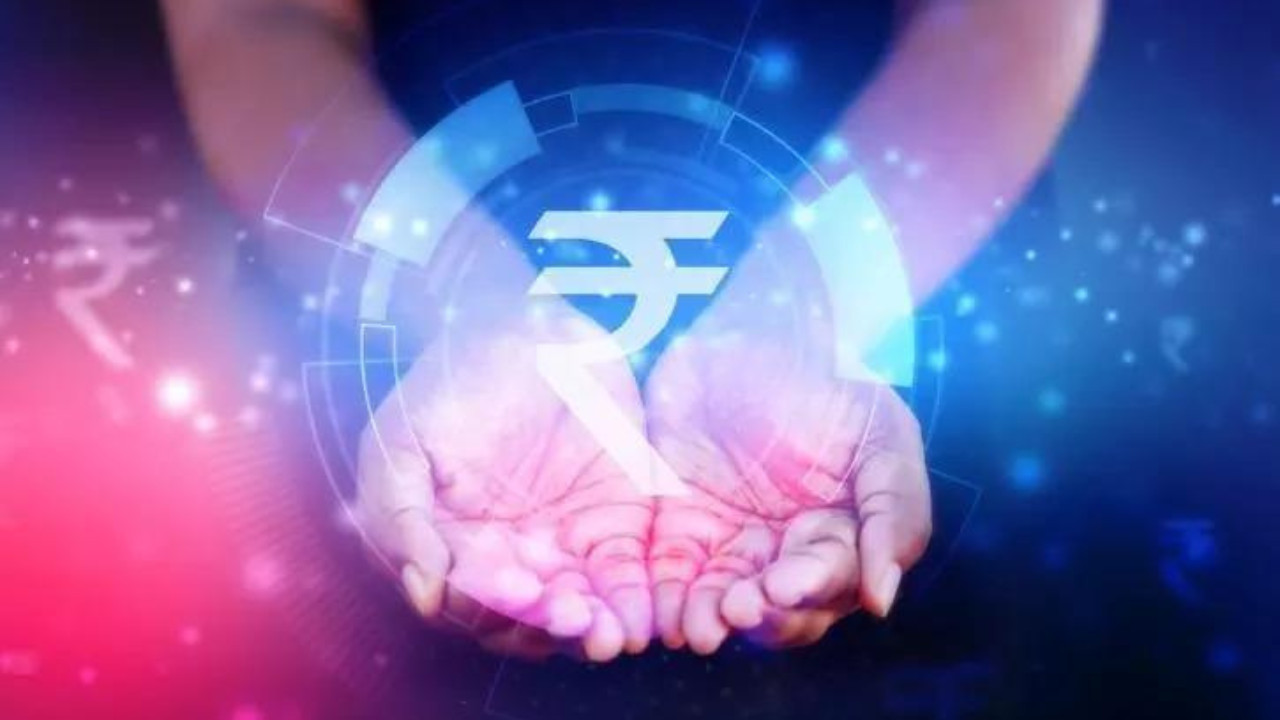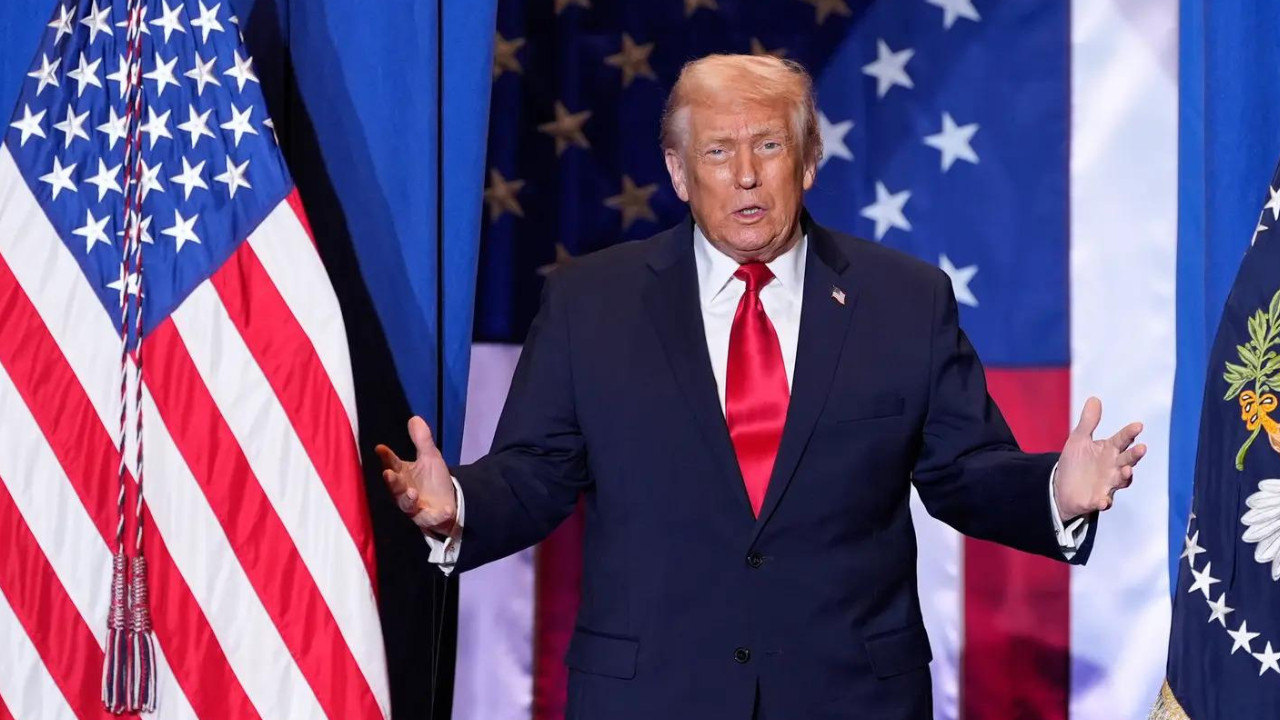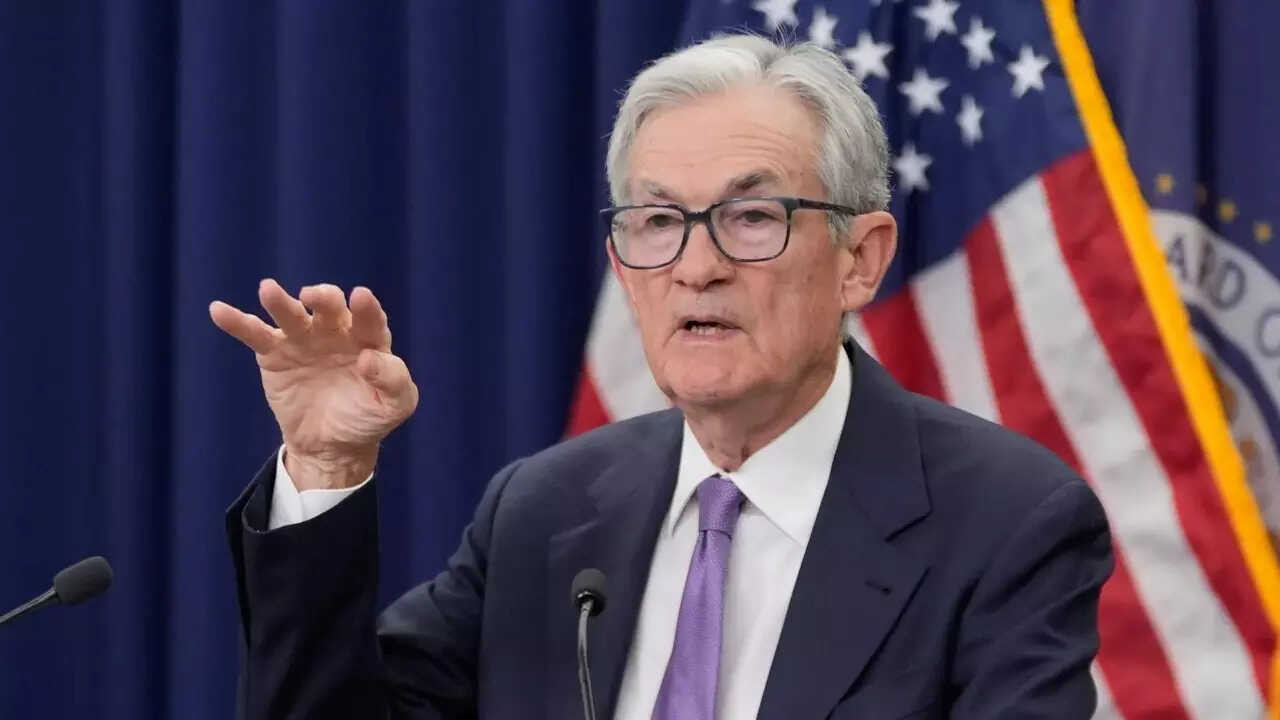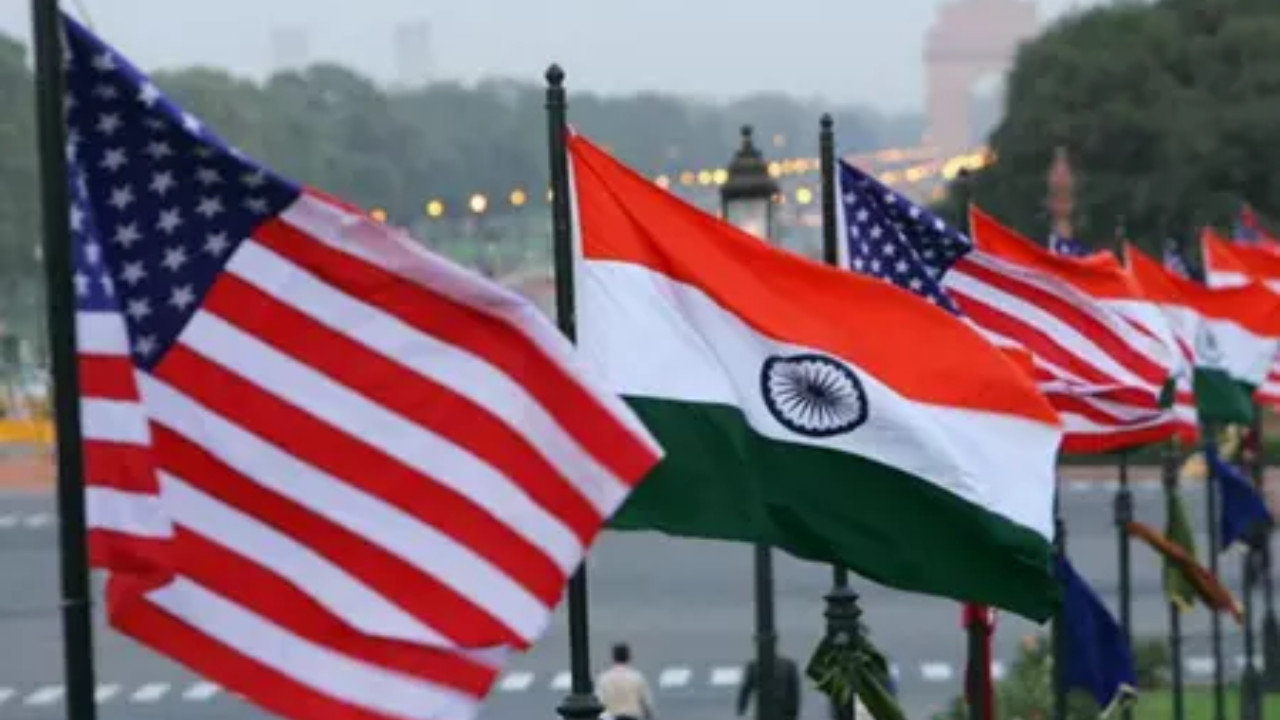The Indian rupee weakened to 86.47 against the US dollar due to risk-off sentiment, high crude oil prices, and Middle East tensions. Despite a slight dip in Brent crude and FII buying, domestic equities fell, influenced by the upcoming US unemployment data and Federal Open Market Committee meeting outcome, where interest rates are expected to remain steady.
The Rupee’s Rollercoaster: What’s Weighing it Down?
Okay, let’s talk rupees. Specifically, let’s talk about why your vacation to the US might suddenly feel a tad more expensive. The Indian Rupee has been on something of a slippery slope lately, and yesterday it took another dip, sliding 13 paise to settle at 86.47 against the US dollar. Now, for those of us who don’t obsessively track currency fluctuations (and let’s be honest, that’s probably most of us!), it’s easy to shrug this off. But these movements have real-world implications, from the price of imported goods to the overall health of the Indian economy.
So, what’s the deal? Why is the rupee feeling a little… under the weather?
The article points to a few key culprits, and they’re interconnected like a particularly tangled ball of yarn. First up: crude oil prices. As you probably know, India is a major importer of crude oil. We guzzle the stuff to power everything from our cars to our industries. When global crude prices rise (and they have been doing just that), it automatically puts pressure on the rupee. Think of it this way: we need more rupees to buy the same amount of oil, increasing demand for dollars and effectively weakening the rupee. It’s basic supply and demand at play, but with significantly larger (and more impactful) consequences.
Now, you might be thinking, “Okay, oil prices are up. But why?” That’s where our second ingredient in this economic cocktail comes in: Middle East tensions. Let’s face it, the region has been a geopolitical hotbed for, well, forever. Any hint of instability sends shivers through the global oil market. The article subtly hints at this, mentioning the weighing of “sentiment” due to those tensions. When investors get nervous about the potential for supply disruptions, they tend to hoard oil, pushing prices even higher. It’s a self-fulfilling prophecy fueled by anxiety.
Beyond these immediate triggers, there’s also the larger context of the global economy. The US dollar is generally considered a safe haven currency. In times of uncertainty, investors often flock to the dollar, strengthening it against other currencies. This “flight to safety” phenomenon isn’t exactly helping the rupee’s case either. In fact, it puts additional weight on the struggling currency.
And while the article doesn’t explicitly say it, we can’t ignore the role of India’s own economic policies and performance. While India remains one of the fastest-growing major economies in the world, factors like inflation and the current account deficit (where we import more than we export) can also contribute to rupee volatility. It is never one thing that causes a currency to move, but several factors working together.
So, what does all this mean for you and me? Well, a weaker rupee can translate to higher prices for imported goods, from electronics to that fancy Italian cheese you love. It can also make foreign travel more expensive. On the flip side, it could theoretically benefit Indian exporters, as their goods become relatively cheaper for foreign buyers. However, in the current global landscape, that benefit is often offset by other factors, like global demand and trade barriers.
The impact also trickles down to businesses that rely on imported raw materials or components. They might face higher costs, which could eventually be passed on to consumers. It’s a complex chain reaction.
Now, the question is: what’s next? Will the rupee continue its downward slide, or will it stage a comeback? Predicting currency movements is a notoriously difficult game. A lot depends on factors outside of India’s control, like global oil prices, geopolitical stability, and the Federal Reserve’s interest rate decisions.
However, the Indian government and the Reserve Bank of India (RBI) have a few levers they can pull. The RBI, for example, can intervene in the currency market by selling dollars to prop up the rupee. They can also adjust interest rates to attract foreign investment. The government can focus on measures to boost exports and reduce the current account deficit. But these are complex challenges that require a multi-pronged approach.
Ultimately, the rupee’s fate is intertwined with a complex web of global economic and political forces. While we can’t control these forces, understanding them can help us navigate the potential impact on our own wallets and the Indian economy as a whole. Stay informed, stay aware, and remember that even small currency fluctuations can have big consequences.







